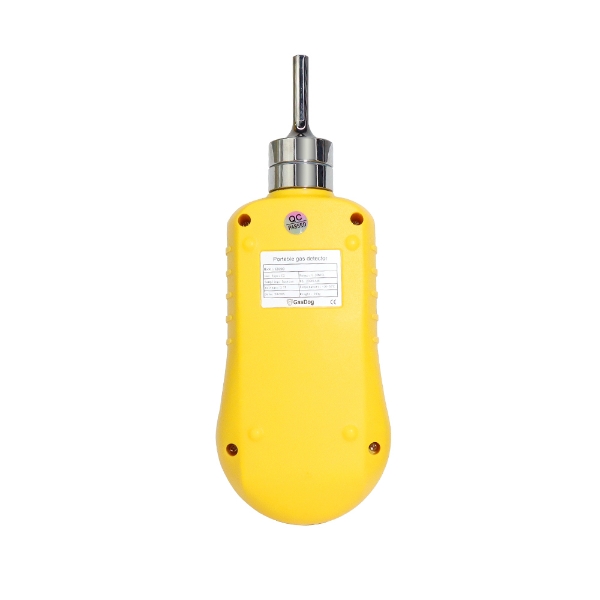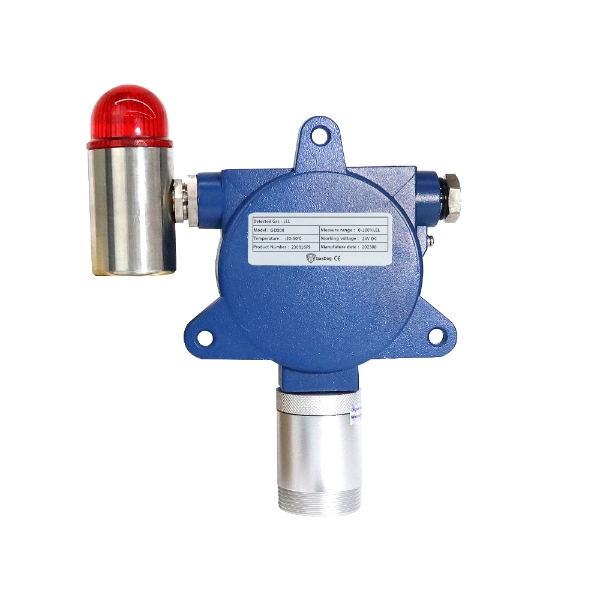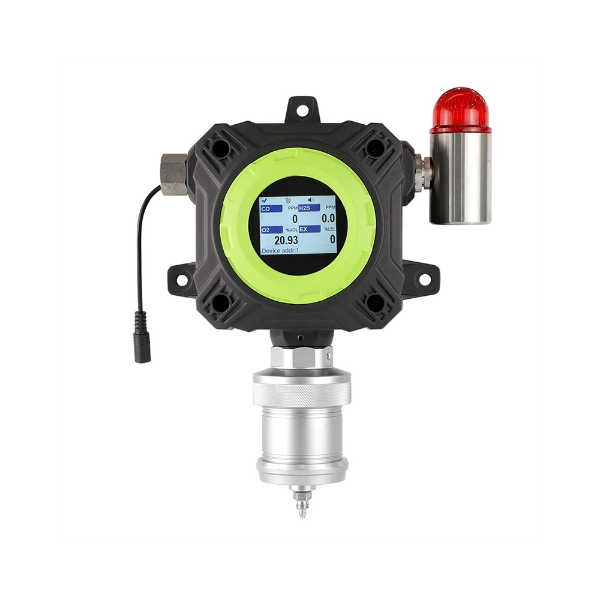Close
-
You have no items in your shopping cart.
- Register
- Log in
- Wishlist
- Shopping cart
Close
Menu
Close
- Home /
- Shop /
- Industrial Gas Detectors /
- Toxic Gas Detectors /
- Industrial Fixed Phosphine (PH3) Gas Detector
WRITE YOUR OWN REVIEW
RELATED GAS DETECTORS
Portable Hydrogen Chloride (HCl) Gas Detector
GD200-HCL
The handheld Hydrogen Chloride HCl gas detector is one of the GasDog portable gas detector series. It is specially designed for monitoring Hydrogen Chloride gas concentration, with a high-precision gas sensor, LCD display, and a measurement range of 0 to 10/20/50/100/200ppm.
$866.23
Fixed Sulfur Dioxide (SO2) Gas Detector
GD300-SO2
Fixed SO2 gas detector is a wall mounted type gas monitor which can 24-hour continuously detect Sulfur Dioxide in different kinds of situations. It features an advanced gas sensor and sound & light alarm for ensuring the safety of confined spaces, available measuring range 0 to 20/50/100ppm.
$934.46
Fixed Formaldehyde (CH2O) Gas Detector
GD300-CH2O
Fixed CH2O gas detector for sale. It is equipped with sound & light alarm, optional measuring range 0 to 10/20/50/100/500/1000ppm. This Formaldehyde monitor supports remote control for monitoring CH2O concentration 24 hours online in the confined space or pipeline.
$725.66
Industrial Fixed Carbon Monoxide (CO) Gas Detector
GD700-CO
Fixed CO detector for confined space, pipeline and industrial site. This wall mounted gas tester can monitor Carbon Monoxide concentration accurately, sounds the alarm with a remote control, selectable measuring range of 0-10ppm, 0-20ppm, 0-50ppm, 0-100ppm, 0-500ppm, 0-1000ppm or 0-2000ppm.
$846.59
"Gas Dog: Gas Detection is as Accurate as a Sniffer Dog's Nose."
CUSTOMER SERVICE
Copyright © 2025 GasDog.com. All rights reserved.























